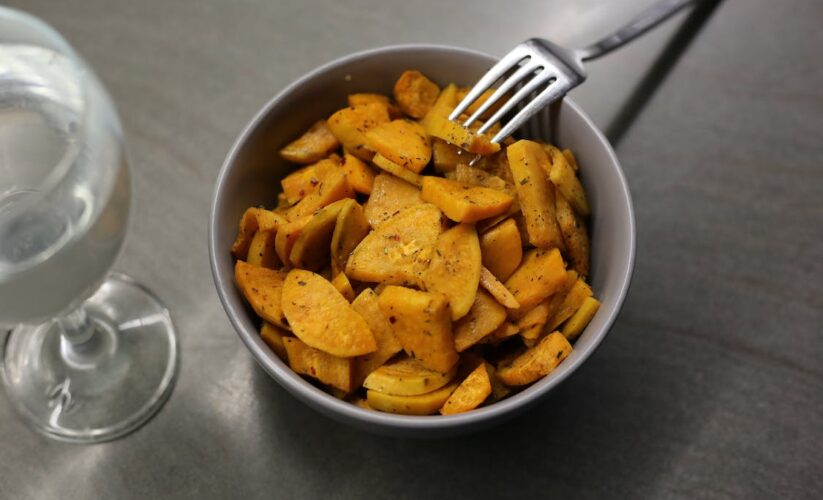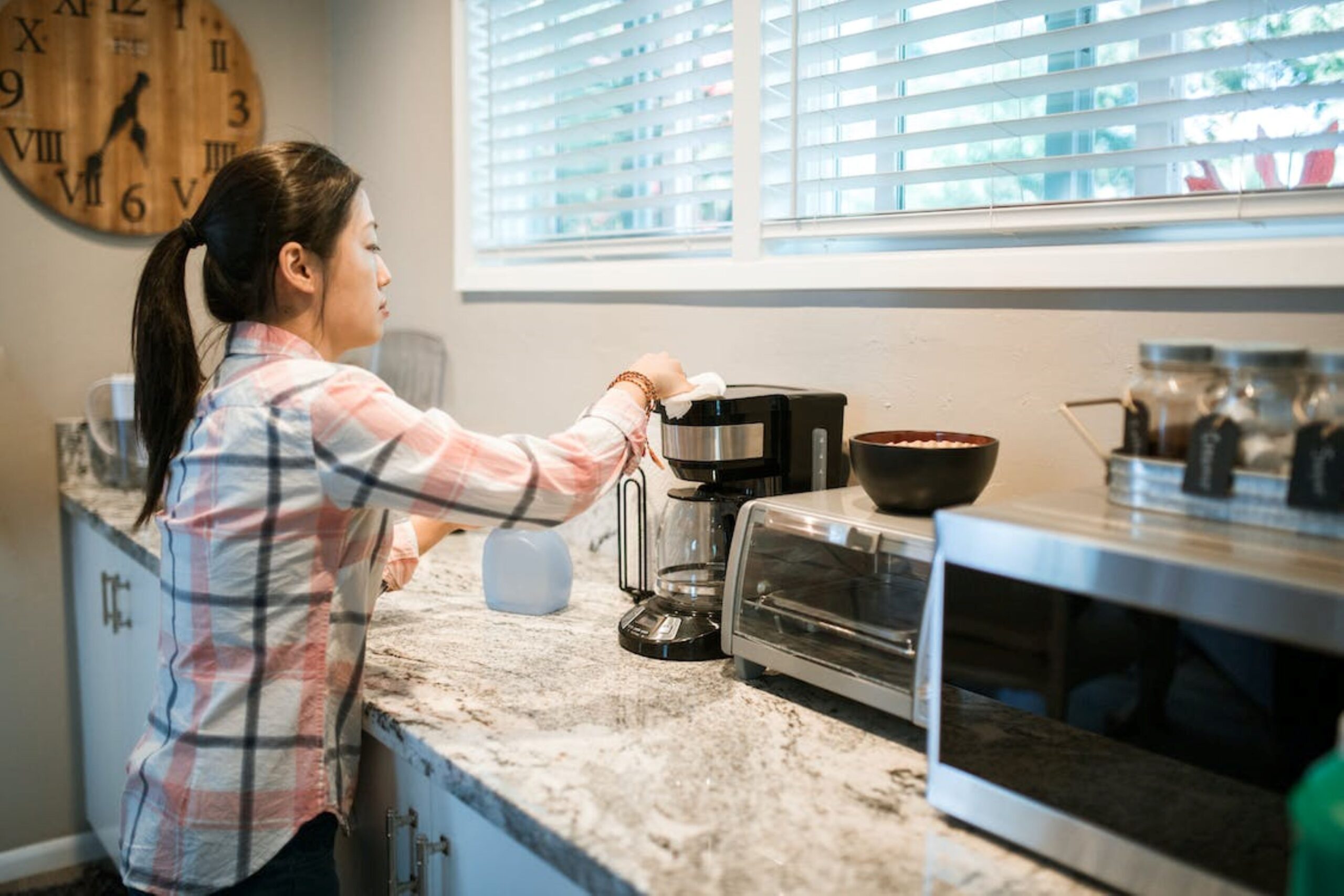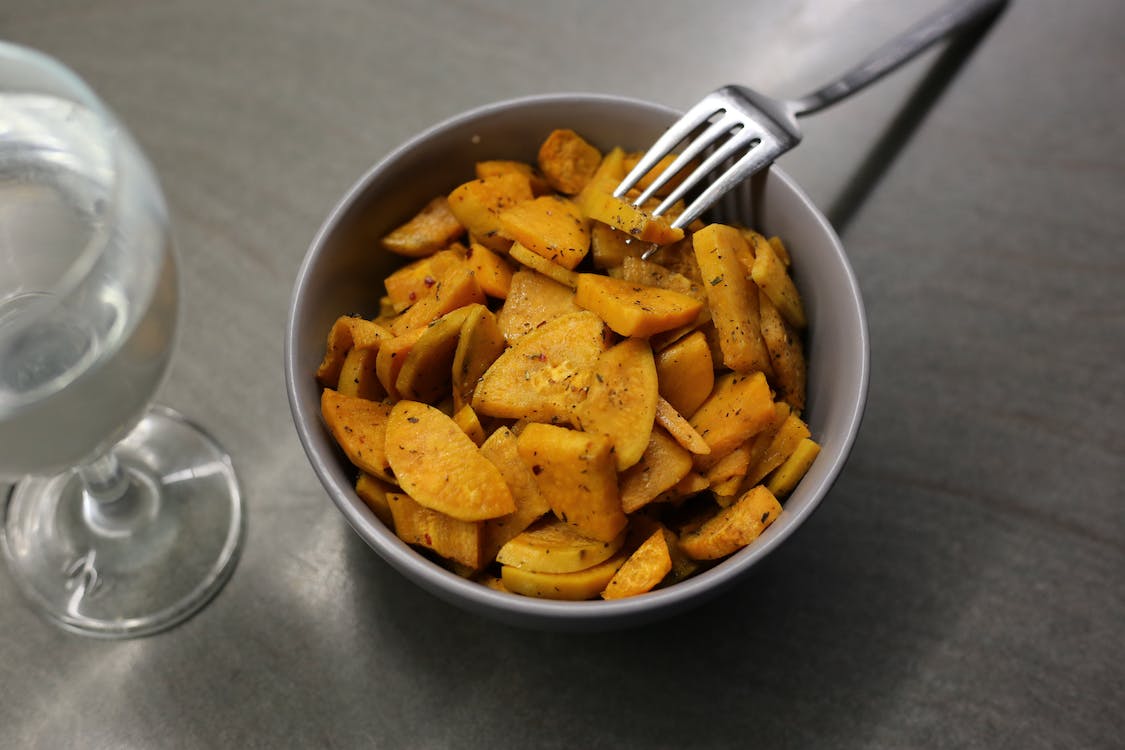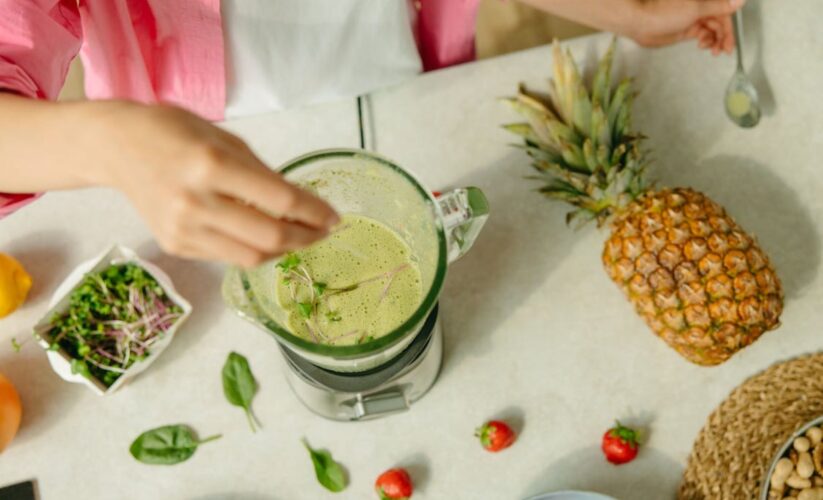
Ninja Blender Troubleshooting Guide
As a passionate cooking enthusiast who truly values the art of exploration in the kitchen, I can’t emphasize enough the importance of having a reliable blender as part of my culinary toolkit. A good blender is not just an appliance, it’s an indispensable partner that helps me whip up everything from creamy soups to indulgent smoothies. It effortlessly tackles a variety of kitchen tasks, making meal preparation quicker and more enjoyable.
However, like any loyal companion, blenders can encounter occasional hiccups along the way. These issues can be frustrating, especially when you’re in the midst of creating something delicious. That’s why I’ve put together this comprehensive troubleshooting guide specifically for Ninja blender troubleshooting. Here, we will address common problems you may encounter, dive into their root causes, and provide effective solutions to get you back on track.
Don’t have time to read? 🎧 Listen to our podcast instead! Click play below to enjoy the full episode on the go, and catch all the tips and insights in just a few minutes.
Understanding the underlying reasons for these issues is crucial for effective troubleshooting. With the right knowledge, you can ensure that your Ninja blender remains a reliable ally in your culinary adventures. Whether you’re a seasoned chef or a novice cook, this guide aims to empower you to handle any blending mishaps that may arise, so your cooking experiences continue to be smooth and enjoyable.
Let’s explore how to keep your Ninja blender performing at its best. Allowing you to focus on what you love most, creating delicious food!
Best Selling Ninja Blender
- POWERFUL 1500-WATT MOTOR: Crush ice, blend frozen fruit, and power through tough ingredients with the 2-horsepower motor, designed for professional results.
- TOTAL CRUSHING TECHNOLOGY: The XL 72-oz.* pitcher, ideal for large batches and entertaining, features Total Crushing Blades that crush ice to snow in seconds and powers through tough ingredients. *64-oz. max liquid capacity.
- ON-THE-GO CONVENIENCE: Includes two 16-oz. Nutri Ninja Cups with To-Go Lids, perfect for personalized shakes and smoothies.
- PROFESSIONAL POWER: 1000 watts of professional power can crush ice and breakdown any tough ingredient.Power source : Corded Electric.Amperage : 12.5 amps
- XL CAPACITY: The 72 oz professional blender pitcher is excellent for making frozen drinks and creamy smoothies for the entire family. 64 oz. max liquid capacity
- INTELLIGENT TECHNOLOGY: Total Crushing Technology delivers unbeatable power with blades that pulverize and crush through ice, whole fruits and vegetables in seconds.
- MORE POWERFUL MOTOR: The Ninja Professional Plus Blender with Auto-iQ features a new modern design and a more powerful motor than Ninja’s original Professional Blender. (Versus BL610, based on operating wattage.)
- POWERFUL CRUSHING: Ninja Total Crushing Blades give you perfectly crushed ice for your smoothies and frozen drinks with 1400 peak watts of professional power.
- 3 VERSATILE FUNCTIONS: 3 preset Auto-iQ programs allow you to create smoothies, frozen drinks, and ice cream, all at the touch of a button.
- MORE POWERFUL MOTOR: The Ninja Professional Plus Blender with Auto-iQ features a new modern design and a more powerful motor than Ninja’s original Professional Blender. (Versus BL621, based on operating wattage).
- POWERFUL CRUSHING: Ninja Total Crushing Blades give you perfectly crushed ice for your smoothies and frozen drinks with 1400 peak watts of professional power.
- 3 VERSATILE FUNCTIONS: 3 preset Auto-iQ programs allow you to create smoothies, frozen drinks, and nutrient extractions, all at the touch of a button. Extract a drink containing vitamins and nutrients from fruits and vegetables.
Common Ninja Blender Troubleshooting Guide
Ninja blenders are renowned for their power and durability, making them a favorite among home cooks. However, even the best appliances can encounter issues over time. Below, I’ve compiled a list of common problems you might experience with your Ninja blender, along with effective solutions to keep it running smoothly.
Blender Won’t Turn On
It can be incredibly frustrating when you eagerly press the power button on your Ninja blender, only to be met with silence. If your blender won’t turn on, start troubleshooting by ensuring that it’s properly plugged into a functional power outlet. Sometimes, outlets can fail, so it’s wise to test with another appliance to confirm the power source is working.
If the outlet checks out, inspect the power cord for any signs of wear, such as fraying or damage. A compromised cord can pose safety risks, so it’s crucial to replace it immediately. Additionally, ensure that the pitcher is securely locked into the base, if it’s not seated correctly, the blender may not operate. Taking these steps will help you identify and resolve the issue, ensuring your Ninja blender is back in action. This process is an essential part of Ninja blender troubleshooting, allowing you to get back to creating your favorite recipes with ease and confidence.
Blender Blades Stuck
There’s nothing more frustrating than realizing your blender blades are stuck while you’re trying to whip up a delicious smoothie or soup. If this happens, resist the urge to force the blender to keep running, as this could damage the motor. Instead, turn off the blender and unplug it. Remove the pitcher and check for any blockages inside the blade assembly. Often, a piece of food or an ice cube can cause the blades to seize.
If you find any obstructions, gently free the blades and clean the area before reassembling everything correctly. It’s essential to ensure that all components are properly fitted together to prevent this issue from recurring in the future.
Excessive Vibrations
Have you ever noticed your Ninja blender shaking vigorously while in use? Excessive vibrations can be concerning and are usually caused by an uneven distribution of ingredients within the pitcher. To address this issue, pause the blending process and stop the blender. Then, evenly distribute the ingredients, making sure they’re balanced within the pitcher before restarting the blend.
Additionally, check that your blender is placed on a stable, flat surface. A stable base can significantly reduce vibrations during blending, ensuring a smoother experience and extending the lifespan of your appliance. This step is an important aspect of Ninja blender troubleshooting that not only enhances performance but also ensures safety in your kitchen. By taking the time to ensure your ingredients are properly balanced and your blender is secure, you can enjoy a seamless blending experience without unnecessary disturbances.
Leaking Blender
A leaking blender can be quite a mess and may pose safety risks, so it’s important to address the issue promptly. If you notice liquid seeping from the bottom or sides of the pitcher, first check that the pitcher is properly aligned with the base. Misalignment can often lead to leaks, so ensure that it is seated correctly.
Next, inspect the rubber gasket or seal around the base of the pitcher. If you notice it’s worn or damaged, it will need to be replaced to ensure a tight seal. Finally, avoid overfilling the pitcher during blending, as this can also contribute to leaks and spills. By taking these precautions, you can keep your blending experience clean and hassle-free.
Blender Not Blending Smoothly
When your smoothies or soups turn out chunky instead of creamy, it’s time to rethink your ingredient layering. The order in which you add ingredients to the blender can make a significant difference in the final texture. For optimal results, place softer ingredients closer to the blades at the bottom of the pitcher and layer harder items on top. This method allows the blades to effectively blend the softer ingredients first, creating a smooth base before incorporating tougher items.
Think of it like building a structure: starting with a solid foundation ensures stability. By adjusting how you load your Ninja blender, you can achieve the creamy consistency you desire in your favorite recipes. This simple yet effective technique is a key part of Ninja blender troubleshooting that can transform your blending experience. Ensuring that your ingredients are layered correctly not only improves the texture of your blends but also reduces the strain on the motor, extending the life of your appliance. Enjoy creating deliciously smooth blends every time!
Overheating Blender
While Ninja blenders are built to handle heavy tasks, they do have their limits, especially when blending hot ingredients for extended periods. Overheating can lead to serious damage if not addressed. To prevent this issue, blend in short bursts, allowing the motor to cool between uses. If you notice your blender heating up quickly, it’s best to unplug it and let it cool down for a while.
Monitoring the temperature is crucial to maintaining the health of your blender. By taking these simple precautions, you can extend the life of your appliance and enjoy worry-free blending.
Strange Noises
While blenders are expected to make noise during use, unusual sounds can be a sign of trouble. If you hear strange noises coming from your Ninja blender. It’s important to check for any loose components. Before panicking, ensure that all parts are securely attached and properly assembled.
If the noise persists, it could indicate a more serious issue, such as motor problems. In this case, it may be necessary to consult a professional technician or reach out to Ninja customer support for further assistance.
Blender Smoke or Burning Smell
One of the most alarming issues you can encounter is smoke or a burning smell emanating from your blender. This is a serious warning sign and should never be ignored! If you notice this happening, stop using the blender immediately, unplug it, and move it to a safe area. Smoke or a burning odor can indicate a malfunctioning motor or electrical issue. Continuing to use the blender in this condition can be dangerous.
It’s crucial to contact Ninja’s customer support for guidance on what steps to take next. They will help determine if the blender can be repaired or if it needs to be replaced. Always prioritize your safety first!
Blender Motor Issues
The motor is the heart of your Ninja blender, ensuring everything operates smoothly. If you encounter problems with the motor, don’t panic; there are troubleshooting steps you can take. Start by verifying that the blender is assembled correctly. Sometimes, loose or misaligned parts can hinder motor performance. Ensure that the pitcher is securely locked into the base, as improper assembly can prevent the motor from engaging.
If everything appears to be in order but the motor still isn’t functioning correctly, consider unplugging the blender for a few minutes before trying again. This can help reset the motor’s safety features. If the issue persists, it may be time to contact Ninja’s customer service team for support. Depending on the problem, you might need to replace the blender or some of its components to restore its functionality. This proactive approach is part of effective Ninja blender troubleshooting and can help you get back to blending with confidence in no time!
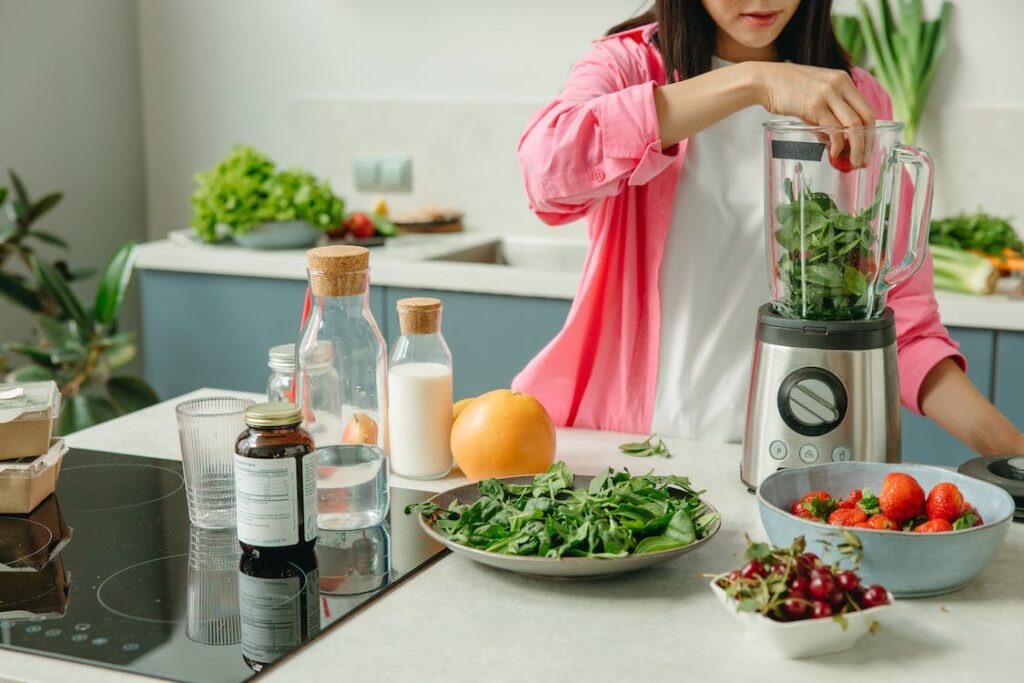
Cleaning and Maintenance
Like any kitchen gadget, the longevity and efficiency of your Ninja blender greatly depend on proper cleaning and maintenance. Make it a habit to disassemble the blender and clean each part after every use, including the pitcher, blades, gasket, and lid. Neglecting to clean these components can lead to buildup and grime, which can hinder performance and affect food quality.
By consistently maintaining your blender, you’ll ensure it remains in top condition, ready to assist you in your culinary adventures for years to come.
Replacement Parts
If you’ve been using your Ninja blender for an extended period and notice a decline in its performance, it may be time to consider replacing key components. Blades, seals, and pitchers are common parts that wear out over time, impacting the efficiency of your blender. Fortunately, Ninja offers a range of replacement parts compatible with most of their models.
Before investing in a new blender, consider a more cost-effective and environmentally friendly approach by replacing individual components. This can give your trusty kitchen tool a renewed lease on life while being gentler on your wallet and the planet.
Warranty & Customer Support
Finally, don’t overlook the importance of your blender’s warranty—it’s designed to protect your investment. Ninja stands behind its products and offers warranties covering potential issues. Before attempting to fix anything or purchasing new parts, check the warranty terms to see if your problem is covered.
If you encounter any blending issues, don’t hesitate to reach out to Ninja’s customer service team. Renowned for their expertise and excellent support, they can assist with repairs, replacements, or troubleshooting steps, ensuring you get the help you need. With their support, you can resolve any challenges and keep your Ninja blender performing at its best!
Conclusion
Throughout my adventures in the world of cooking, I’ve learned that food preparation goes far beyond simply blending ingredients; it requires a blender that is more than just an ordinary kitchen gadget. It becomes an invaluable ally in my culinary pursuits, one I trust wholeheartedly. The Ninja blender troubleshooting guide is a reflection of my passion for cooking and everything that revolves around the heart of any kitchen: its appliances and tools.
By exploring the potential obstacles that may arise with your blender and providing effective solutions within this guide, I’m confident you now have the knowledge needed to keep your Ninja blender in top shape. Understanding common issues, such as motor malfunctions, uneven blending, and excessive vibrations, equips you with the tools to address problems as they arise. With regular maintenance and a solid understanding of how to care for your Ninja blender, you can be sure it will continue to serve you well, helping you create delicious culinary delights for years to come.
Let’s continue to appreciate the craft of mixing ingredients and savor the joy of cooking. With your blender by your side, every meal can be a triumph!
Frequently Asked Questions
Q1: Can I use my Ninja blender for hot ingredients?
Yes, you can use your Ninja blender for hot ingredients, but it’s essential to exercise caution. While many Ninja models are designed to handle warm mixtures, extremely hot liquids can create steam pressure inside the blender, potentially leading to spills or even damage. To avoid overheating, blend hot ingredients in small batches and allow them to cool slightly before blending. Additionally, using a towel to cover the lid while blending hot items can help manage steam and prevent accidents.
Understanding how to navigate the nuances of blending hot ingredients is an important part of effective Ninja blender troubleshooting. By taking these precautions, you can ensure that your blending experience remains safe and efficient, allowing you to enjoy a variety of delicious recipes without compromising the integrity of your appliance.
Q2: How often should I clean my blender?
It’s best to clean your blender immediately after use to prevent stubborn build-up and ensure optimal performance. By cleaning it right away, you’ll avoid residue from drying and sticking to the blades and pitcher, which can make cleaning more difficult later on. Regular cleaning not only keeps your blender hygienic but also extends its lifespan. A clean blender is a happy blender, ready to whip up your next delicious creation without any lingering flavors from previous mixes!
Q3: What should I do if my blender’s motor fails during the warranty period?
If your blender’s motor fails while it’s still under warranty, the first step is to contact Ninja’s customer support. They will guide you through the process of warranty service. Be prepared to provide details such as your purchase date and model number, and have any necessary documentation on hand. Ninja is known for its customer service, so don’t hesitate to reach out—they’re there to help ensure you get back to blending as soon as possible.
Q4: Why is my blender making a strange noise?
Unusual noises from your blender can be concerning and may indicate issues such as loose parts, misalignment, or internal motor problems. Start by checking for any loose components, such as the pitcher or lid, and make sure everything is securely attached. If you find no visible issues and the noise persists, it could signal a more significant problem.
In such cases, it’s best to seek professional assistance or contact Ninja’s customer support for guidance. Addressing unusual sounds early on can help prevent more severe issues down the line.
Q5: How long should a Ninja blender typically last?
The lifespan of a Ninja blender can vary depending on usage patterns, frequency of use, and maintenance practices. With proper care, including regular cleaning and following the manufacturer’s guidelines, a Ninja blender can last for many years, often upwards of a decade. Factors that contribute to longevity include not overloading the blender, avoiding excessive heat, and using it within its specified limits.
Proper maintenance is crucial for ensuring that your blender remains a reliable culinary companion for all your blending needs. Regularly checking for wear and tear on parts like blades and seals can also help prolong its life.
Last update on 2026-01-05 / Affiliate links / Images from Amazon Product Advertising API
*We may earn a commission for purchases made using our links. Please see our disclosure to learn more.





